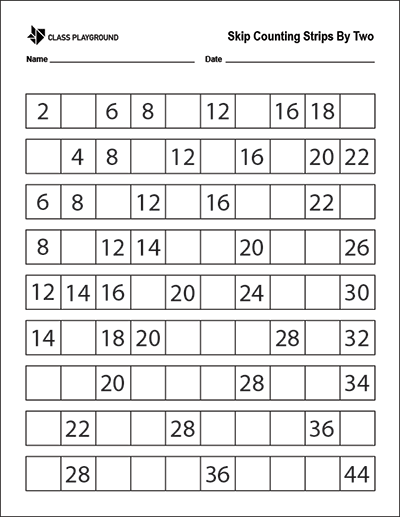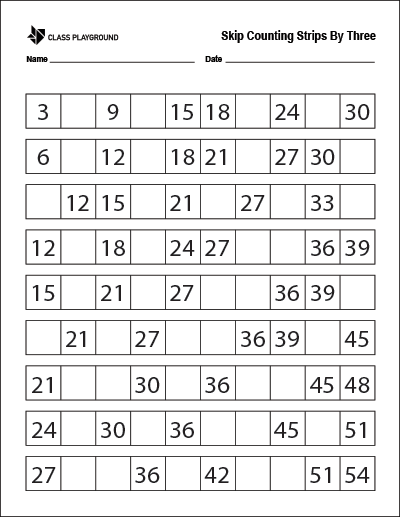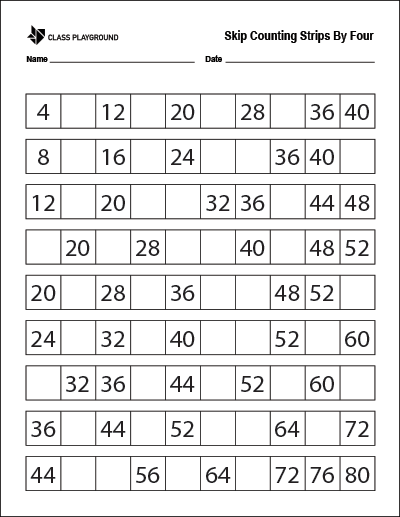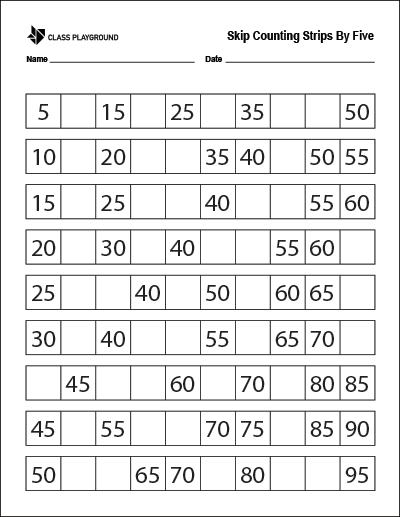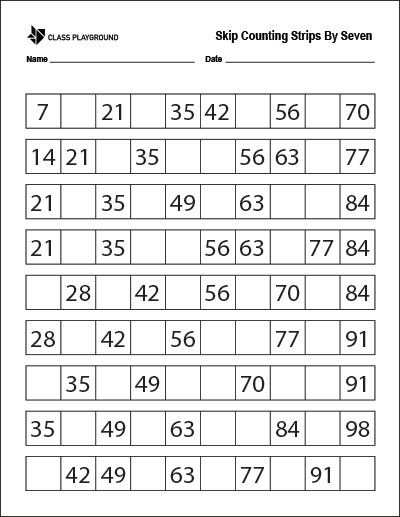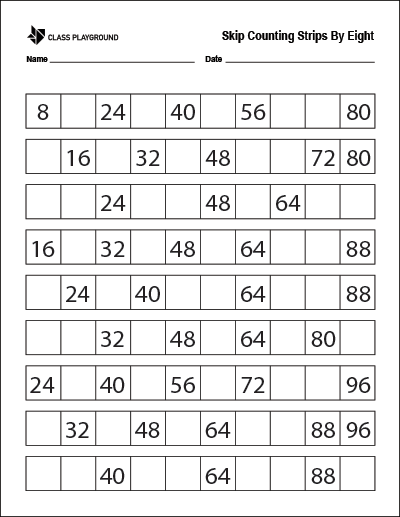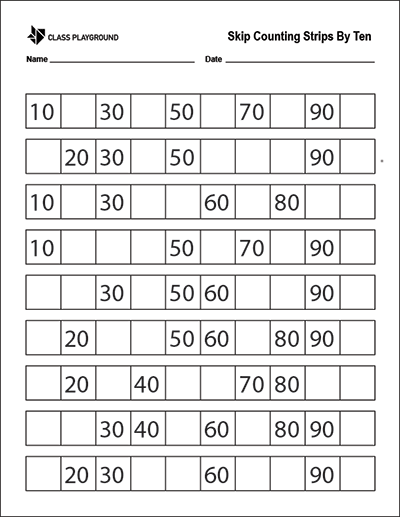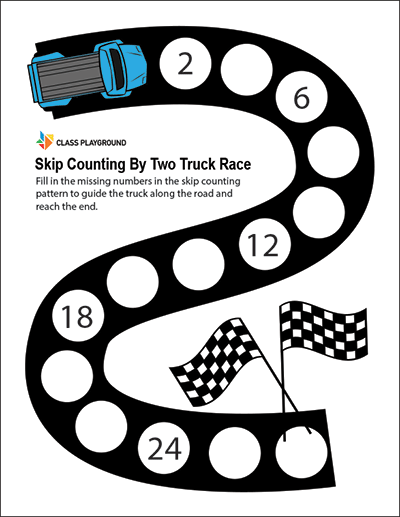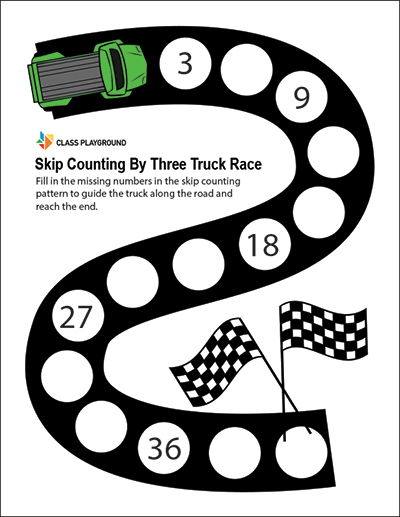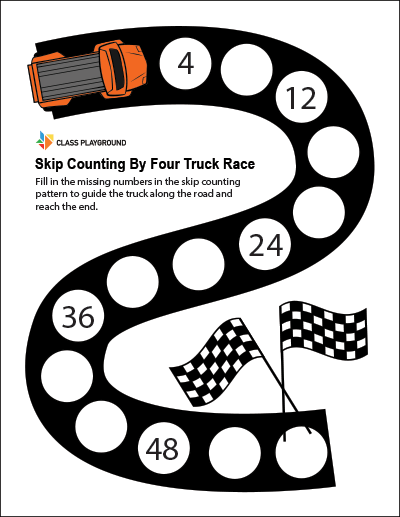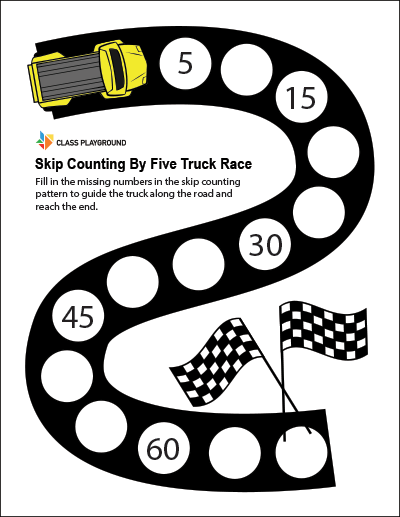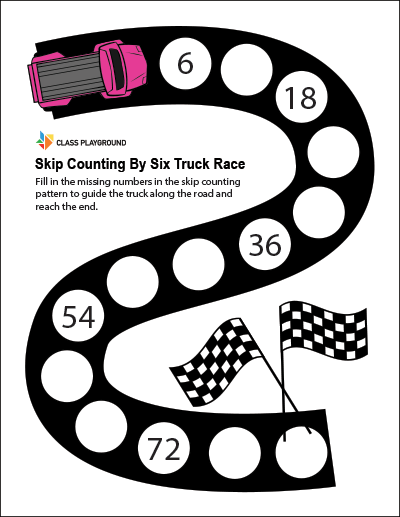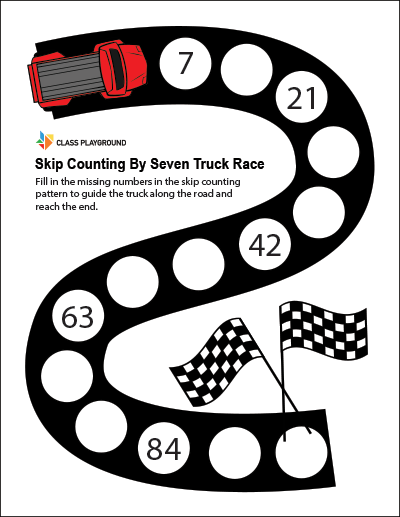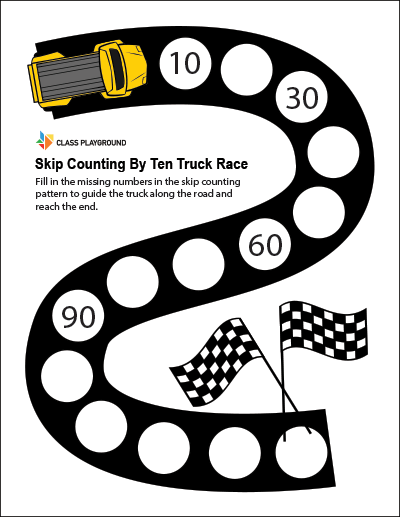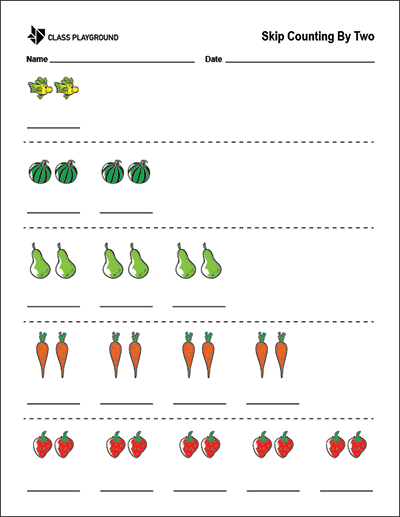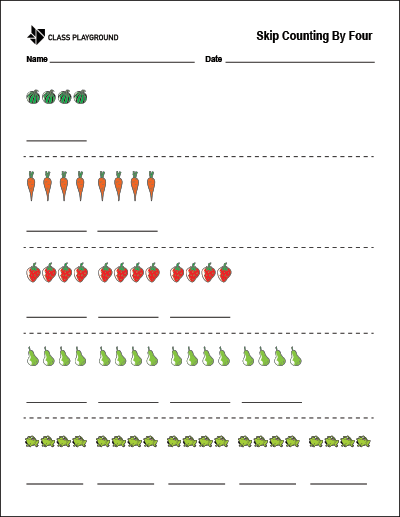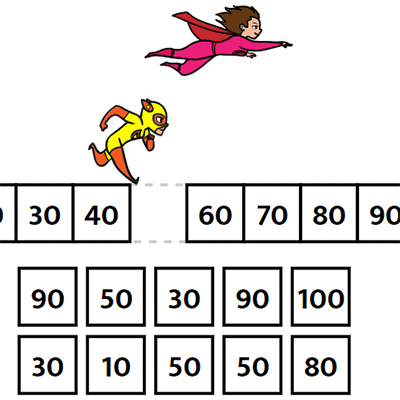What is Skip Counting?
Skip counting involves counting by a specific number other than one. Instead of counting 1, 2, 3, 4, and so on, we count by twos, fives, or any other number. For example, skip counting by twos would be: 2, 4, 6, 8, and so on.
Why is Skip Counting Important?
Skip counting offers several benefits for young learners. Here are a few reasons why it is important to incorporate skip counting into math instruction:
- Number Sense and Counting Mastery: Skip counting helps students develop a strong number sense by understanding how numbers relate to each other. It enhances their ability to count accurately, quickly, and confidently.
- Multiplication and Division Preparation: Skip counting lays the foundation for multiplication and division. By mastering skip counting sequences, students gain a better understanding of the concepts behind multiplication and division, making these operations easier to comprehend.
- Pattern Recognition and Prediction: Skip counting promotes pattern recognition skills, which are essential for higher-level mathematics. Recognizing patterns enables students to make predictions, identify relationships, and solve problems more efficiently.
- Mental Math and Efficiency: Through skip counting, students improve their mental math abilities by quickly and accurately performing calculations. By recognizing skip counting patterns, they can solve problems mentally and perform calculations more efficiently.
Strategies for Teaching Skip Counting
Now that we understand the importance of skip counting, let’s explore some effective strategies for teaching this concept:
- Visual Aids: Utilize visual aids such as number lines and hundreds charts to help students visualize skip counting patterns. These visual representations provide a concrete reference point for students to grasp the concept and practice skip counting.
- Songs and Rhymes: Incorporate catchy songs or rhymes that involve skip counting. Music and rhythm can make learning fun and memorable. Encourage students to clap, stomp, or use other actions to reinforce the skip counting sequence.
- Hands-On Manipulatives: Use hands-on manipulatives like counting cubes, base-ten blocks, or colored counters to represent numbers and skip count. This tactile approach helps students physically and visually understand skip counting patterns.
- Skip Counting Puzzles and Worksheets: Provide students with skip counting puzzles or worksheets that require them to fill in missing numbers in a sequence. These activities reinforce skip counting skills and challenge students to think critically and apply their understanding.
- Real-World Examples: Relate skip counting to real-world situations. For example, ask students to count the number of legs on a group of animals or the wheels on a set of cars. This helps students understand the practical applications of skip counting.
Fun Activities for Practicing Skip Counting
To make skip counting more enjoyable, incorporate these fun activities into your lessons:
- Skip Counting Race: Divide students into teams and give each team a number. Each team must skip count from that number, taking turns to say the next number in the sequence. The team that reaches the highest number wins the race.
- Skip Counting Hopscotch: Draw a hopscotch grid on the ground or use tape indoors. Instead of counting by ones, students must skip count as they jump from box to box. For example, they might say “2, 4, 6, 8” while hopping.
- Skip Counting Puzzles: Create puzzles with missing skip counting numbers. Cut out strips of paper with a skip counting sequence, but leave some numbers blank. Students must figure out the missing numbers and put the puzzle back together.
- Skip Counting Bingo: Design a skip counting bingo game where students mark off numbers in the skip counting sequence as they are called out. This game adds an element of competition and excitement to the learning process.
- Skip Counting Story Problems: Present students with story problems that require them to use skip counting to find the answer. For instance, “If each box contains four apples, how many apples are in twelve boxes?”
Remember, repetition and practice are key to mastering skip counting. Encourage students to practice regularly and provide opportunities for them to apply skip counting in various contexts.


